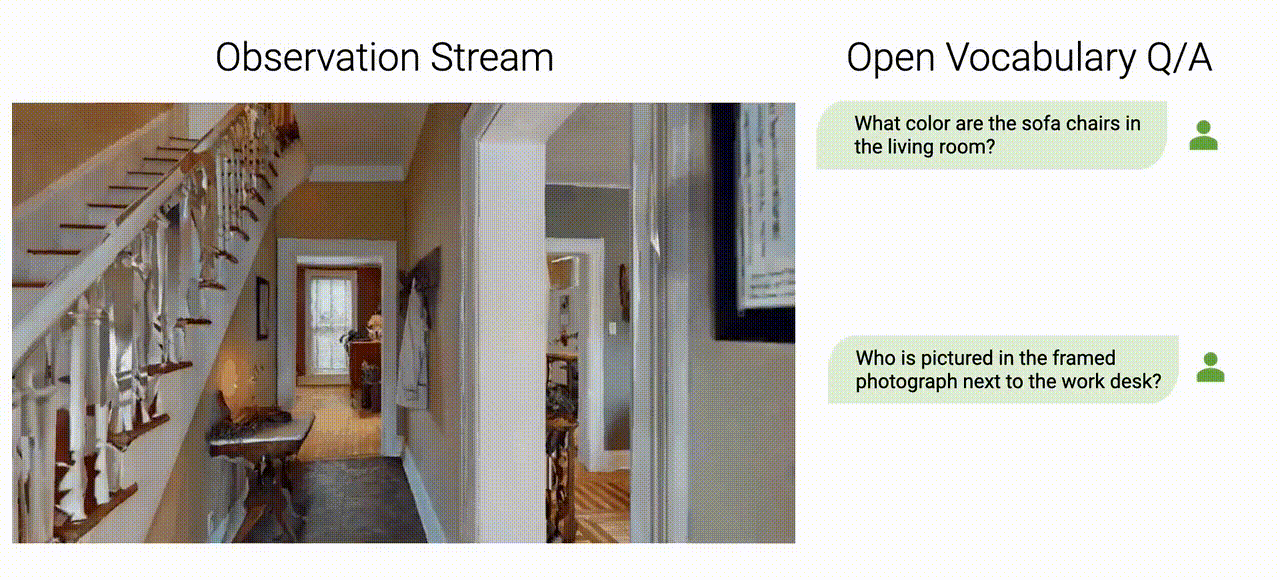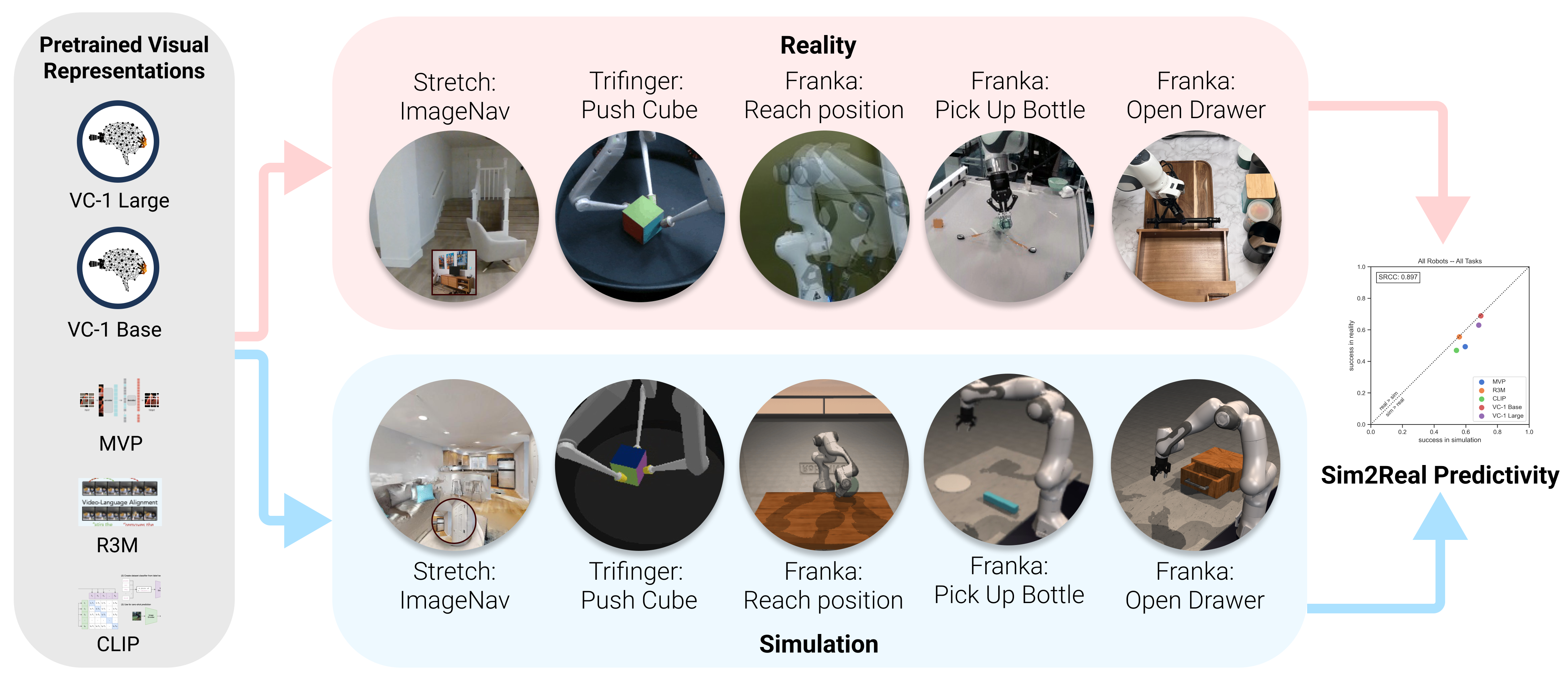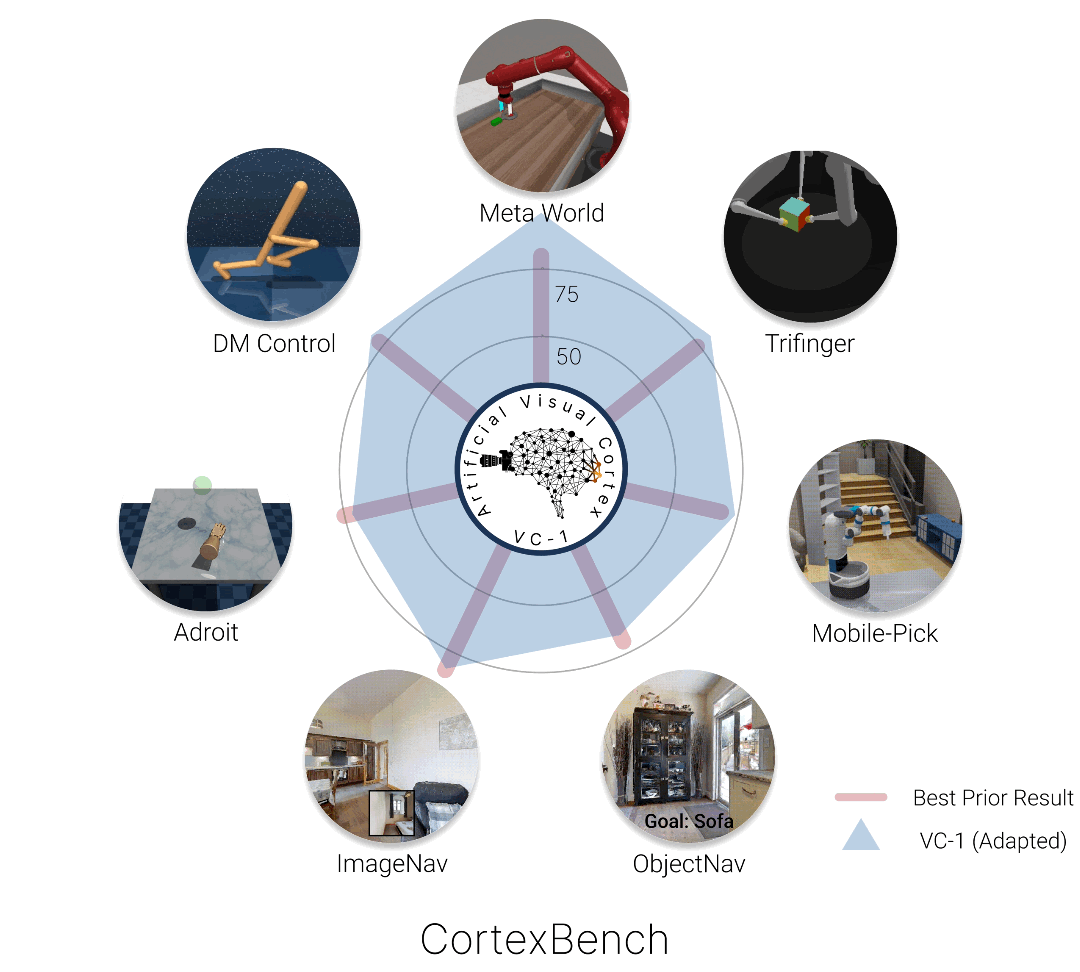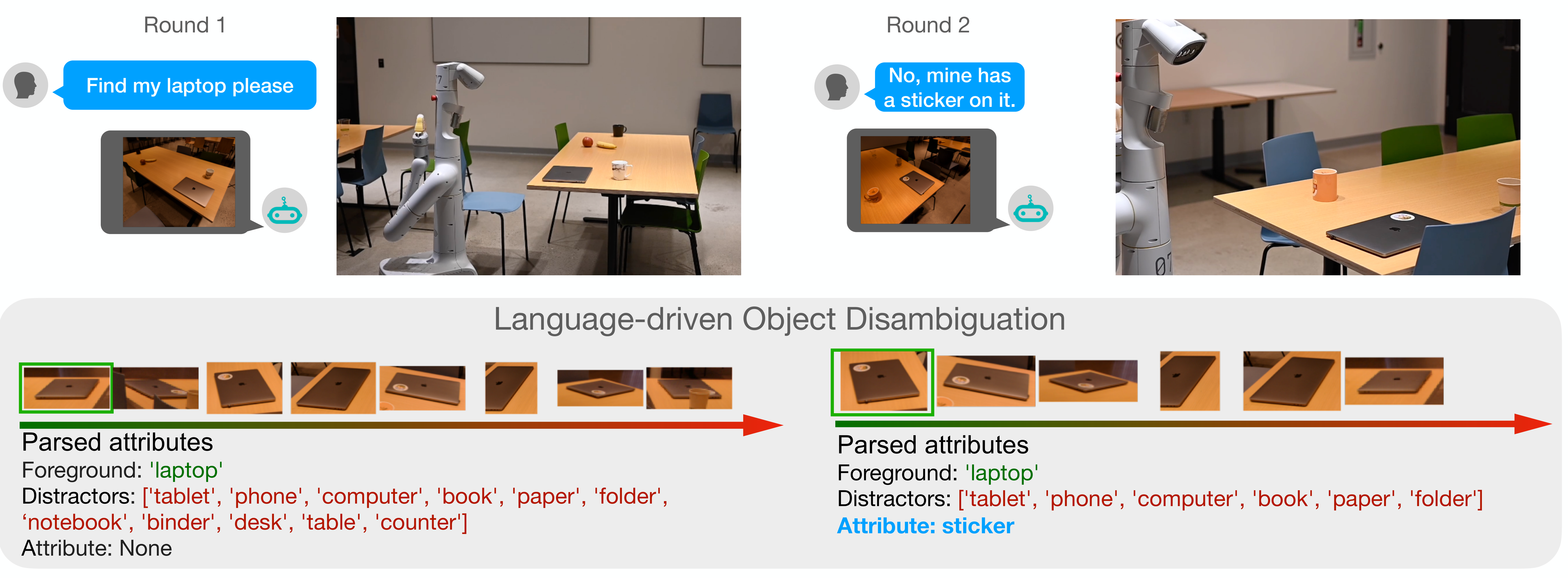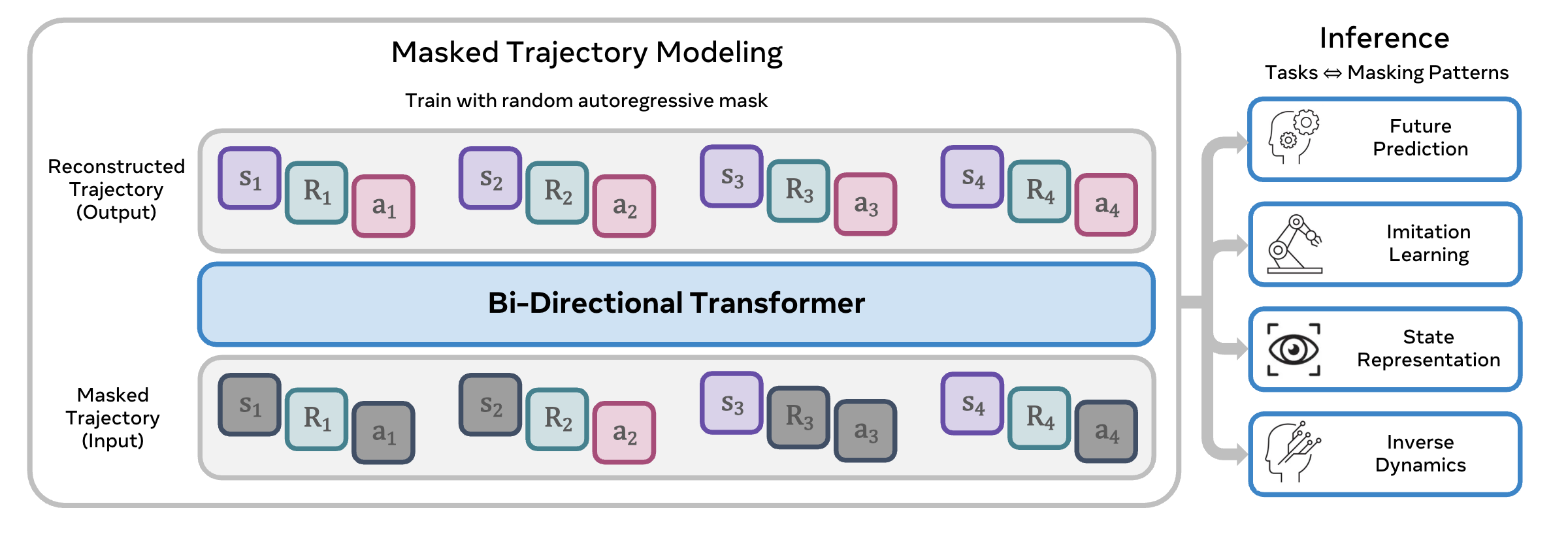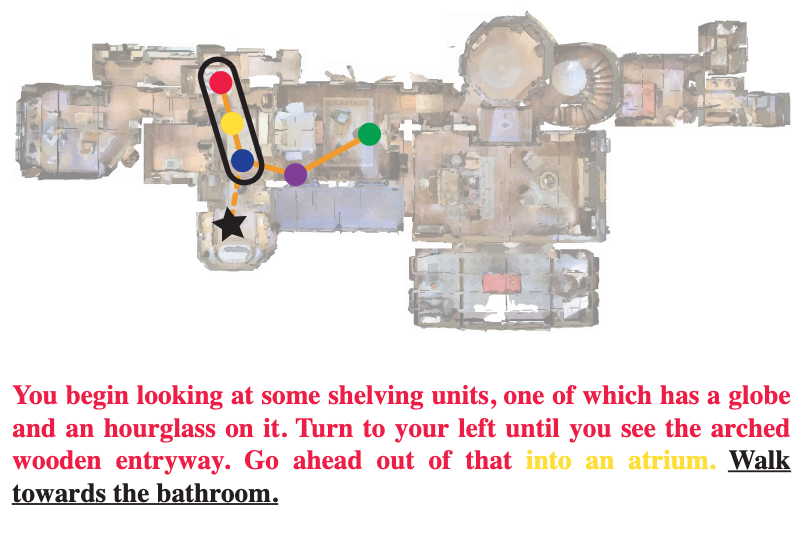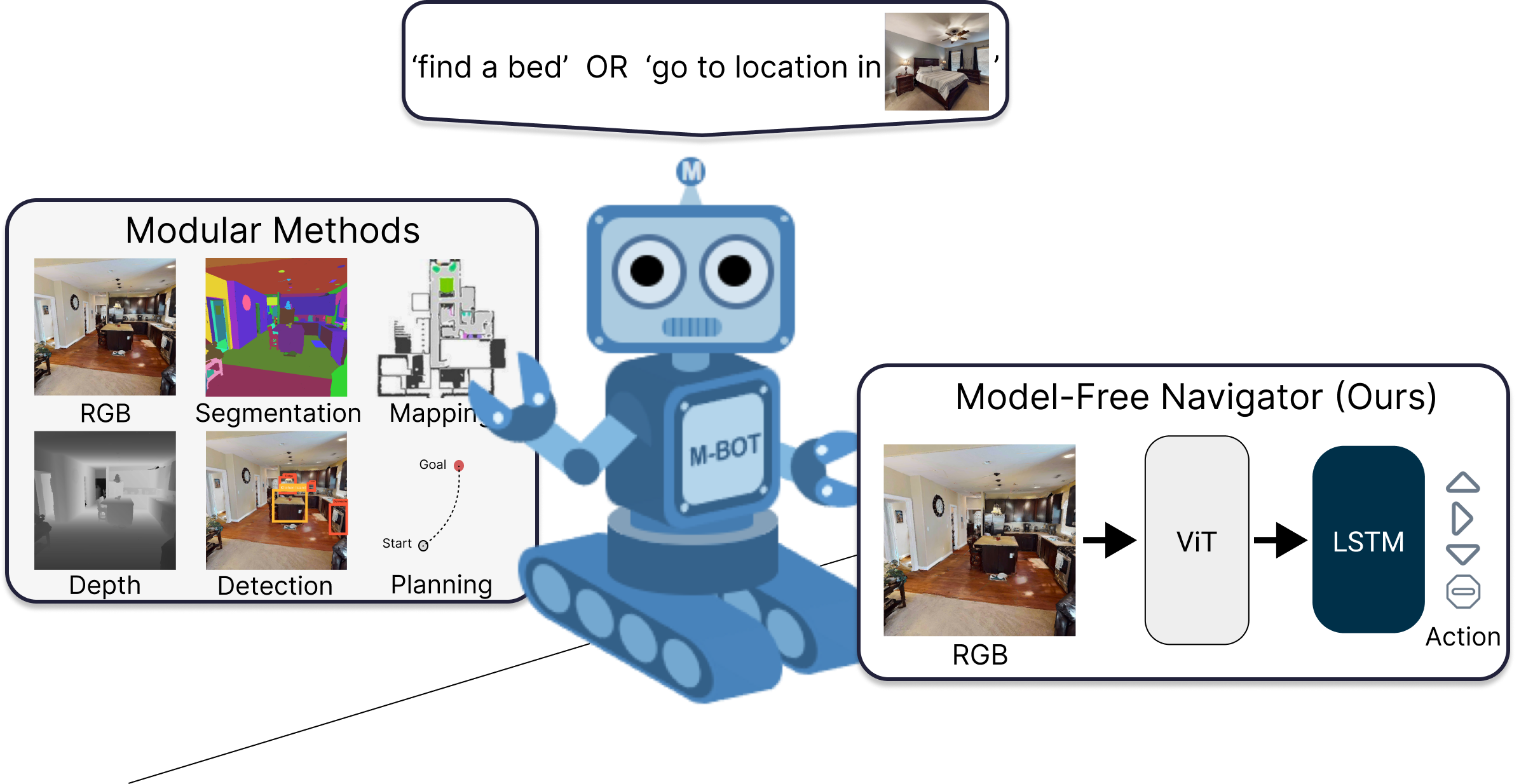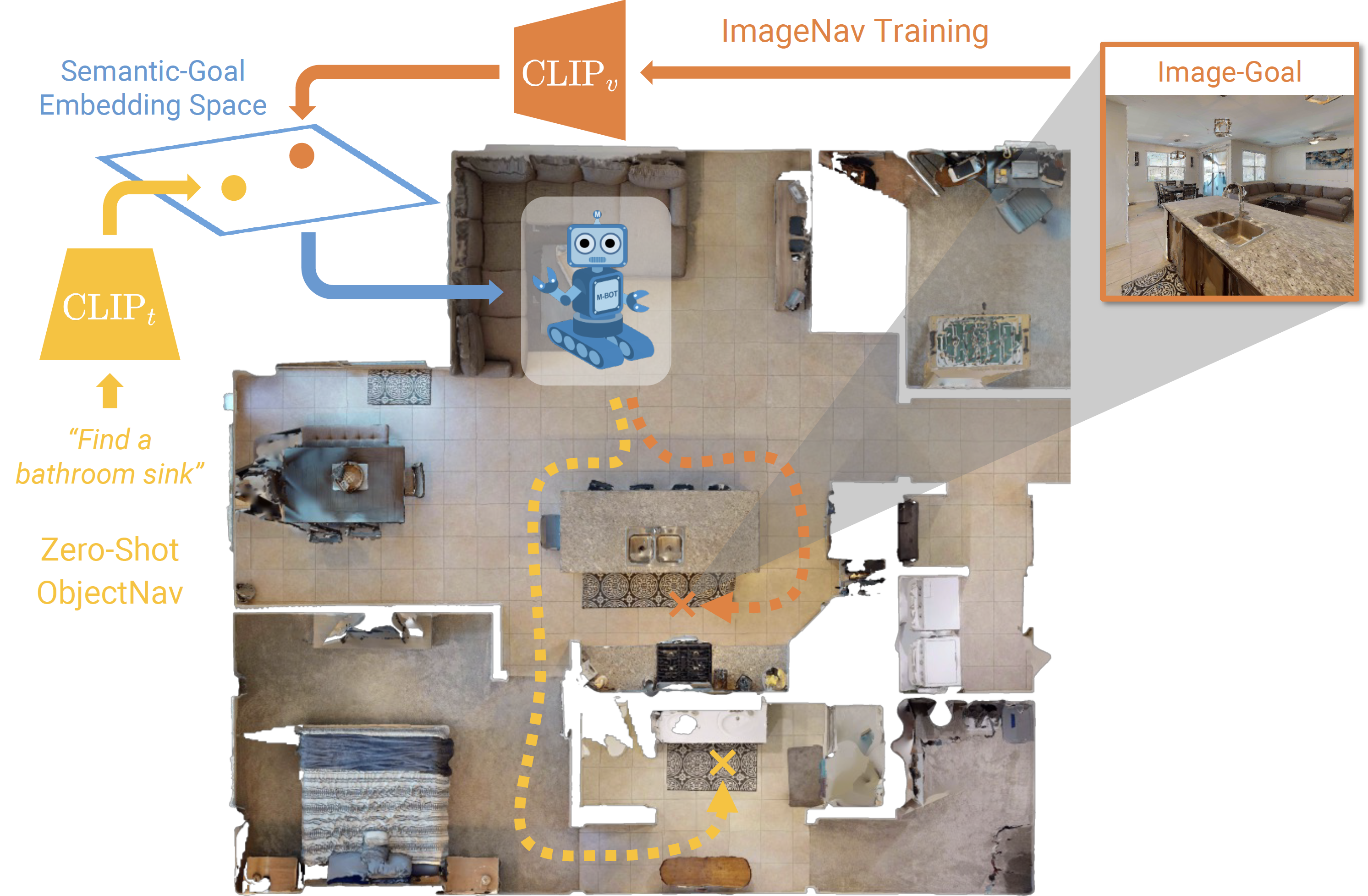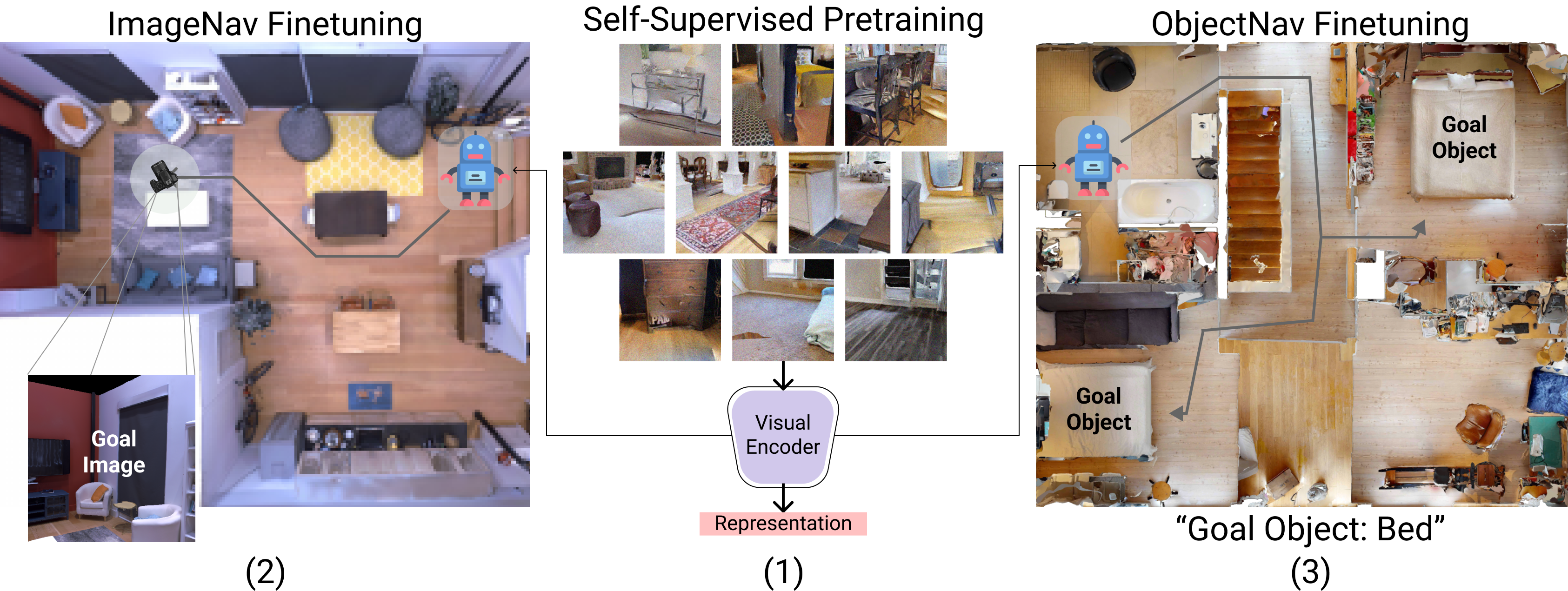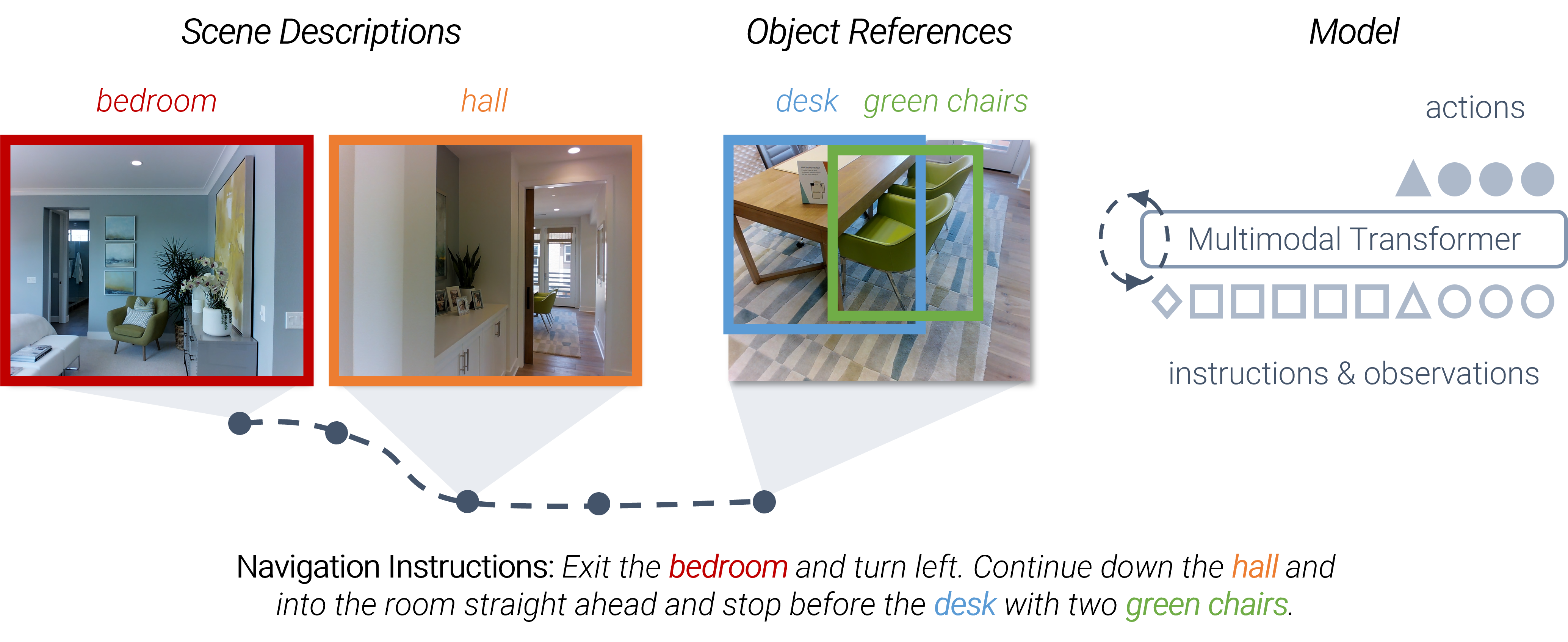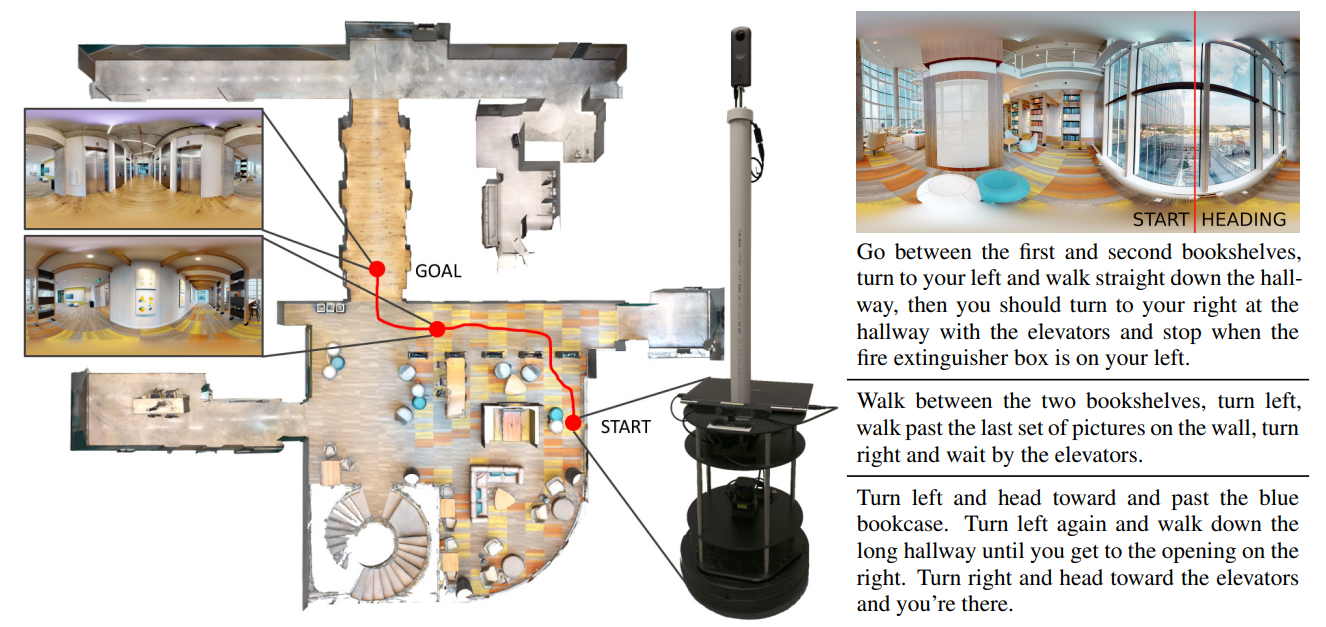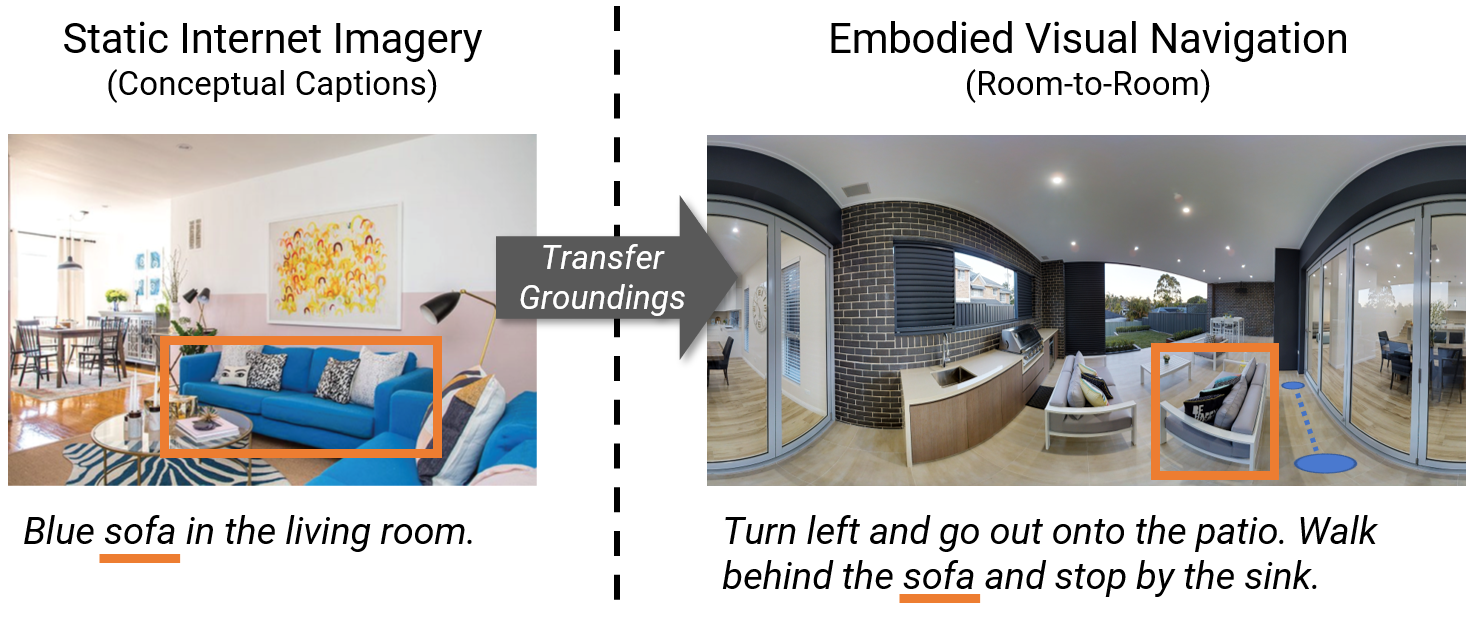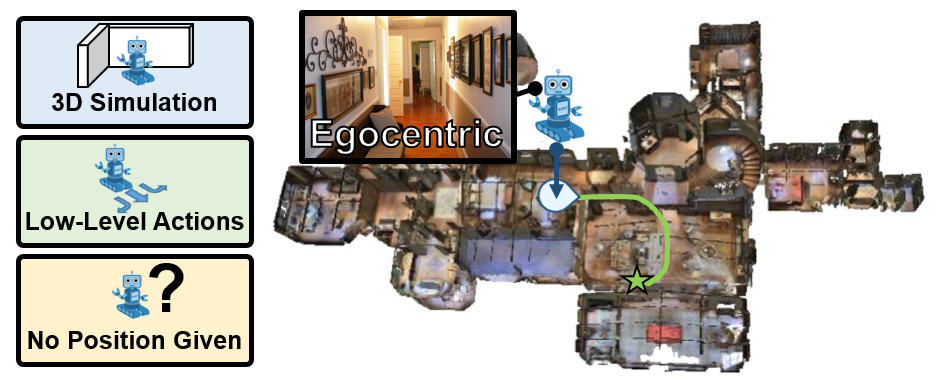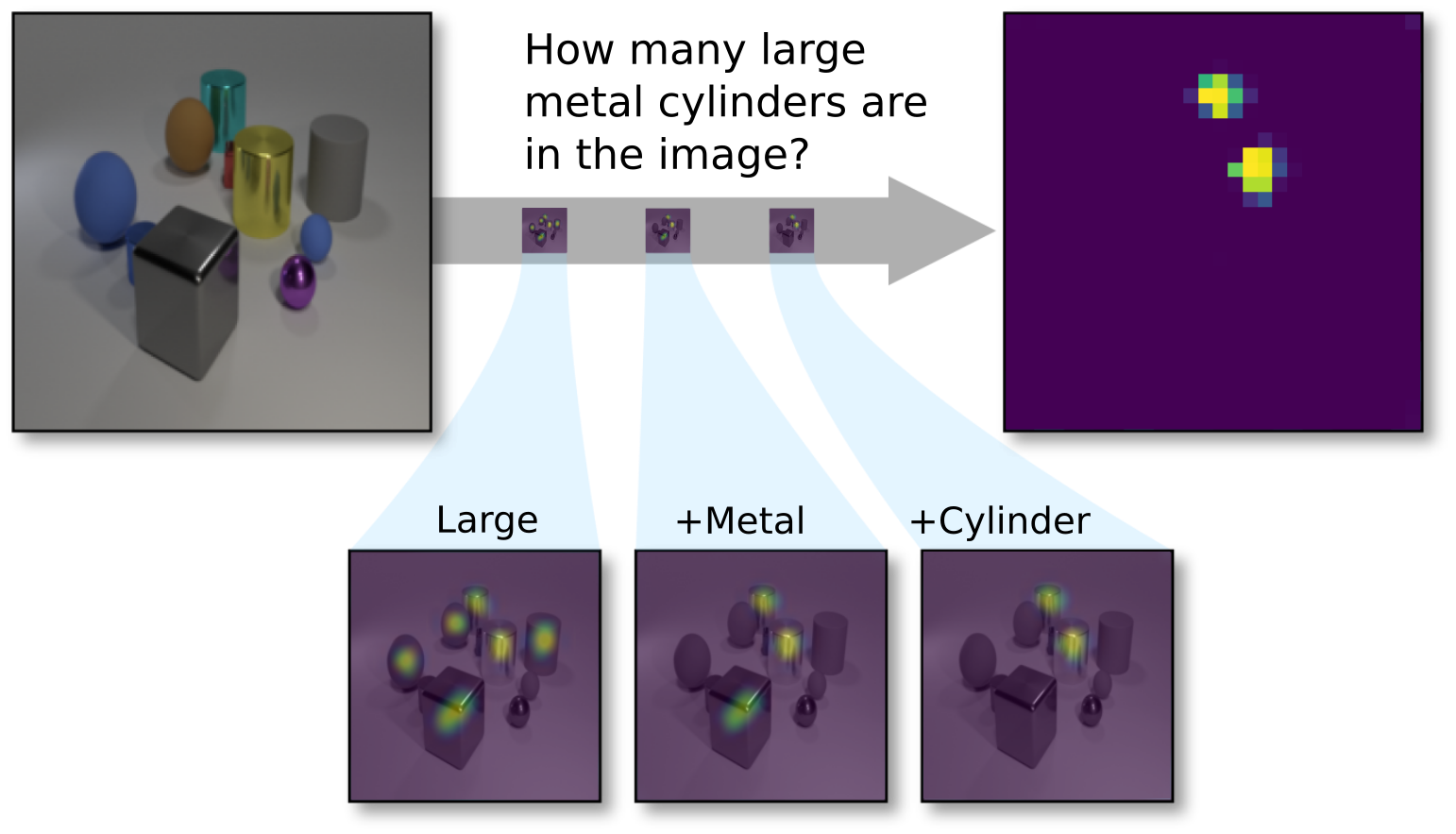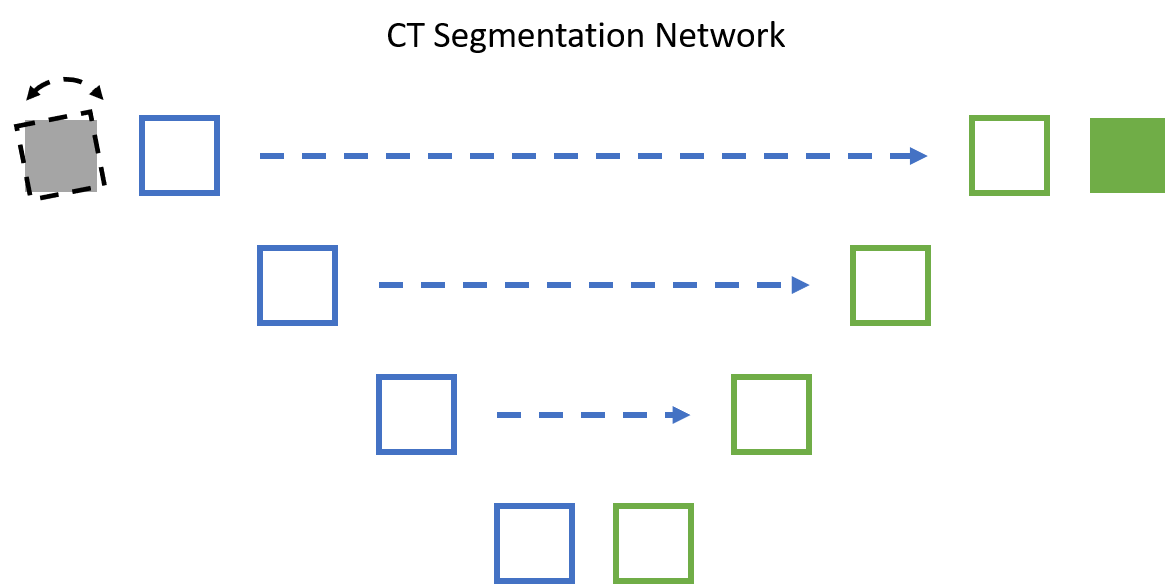
Arjun Majumdar
PhD Student | Georgia TechAbout
I am currently a PhD Student at Georgia Tech, where I am advised by Dhruv Batra.
My research lies at the intersections of vision, language, and embodied AI. The long-term goal of my work is to develop generalist agents that can accomplish a wide variety of tasks in diverse settings and environments. Recently, my research has focused on developing and using large-scale, pretrained foundation models to enable such embodied intelligence.
In the summer of 2023, I interned at Meta AI with Franziska Meier and Aravind Rajeswaran. In the summer of 2022, I was a student researcher with the perception and robotics teams at Google AI working with Leo Guibas and Fei Xia. In the summer of 2021, I interned at Amazon AI where I worked with Jesse Thomason and Gaurav Sukhatme. In the summer of 2020, I was an intern at FAIR working with Ross Girshick.
Prior to my PhD, I was a researcher at MIT Lincoln Laboratory where my work focused on problems like visual question answering, semantic image segmentation, and image-to-image translation.
email | google scholar | github | cv



